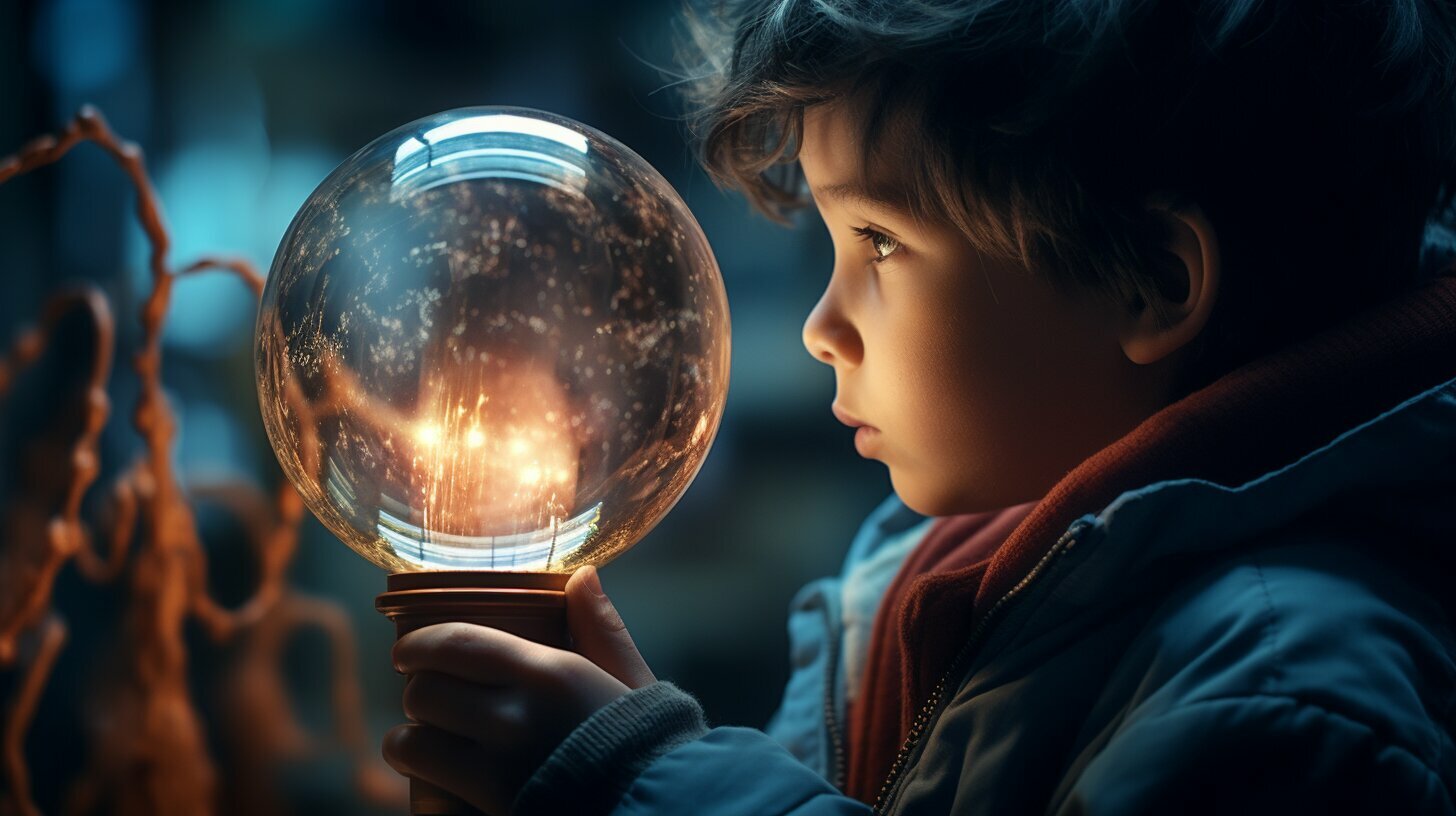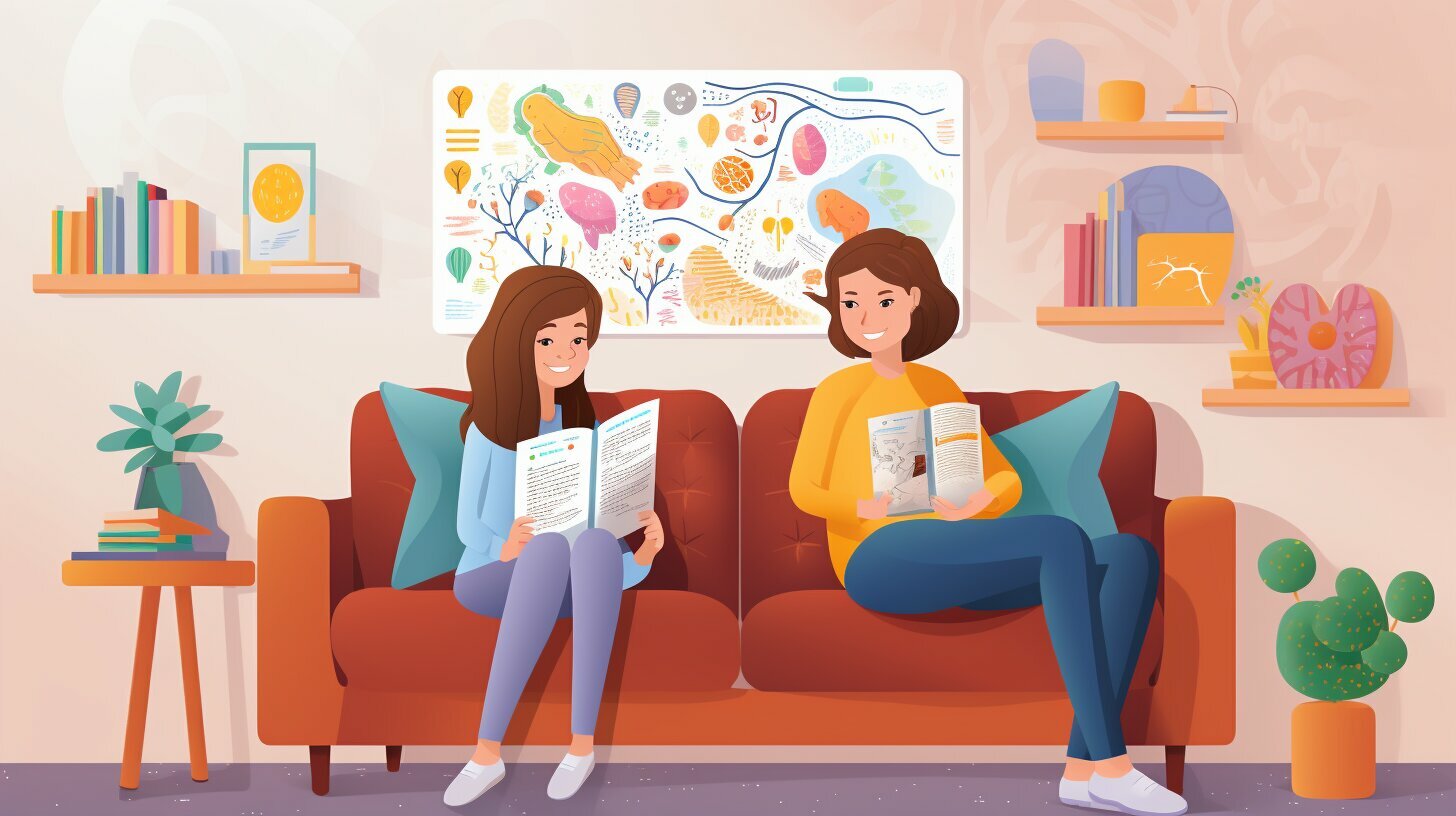As a parent or educator, you may find it challenging to explain complex scientific concepts like evolution to young children. However, understanding evolution is crucial for children to develop a deeper appreciation and curiosity for the natural world around them. Fortunately, with a few simple and engaging tips, you can make this topic accessible and exciting for your child.
In this section, we will provide an overview of the simple and engaging tips that will be discussed throughout the article. You will learn how to use everyday examples, introduce the idea of adaptations, and understand natural selection. We will also explore the importance of visual aids, answering questions, and encouraging curiosity. Additionally, we will recommend age-appropriate books and resources and provide strategies for relating evolution to personal experience and emphasizing the importance of diversity. Lastly, we will address common misconceptions and controversies surrounding evolution.
Key Takeaways
- Understanding evolution is crucial for children to develop a deeper appreciation and curiosity for the natural world.
- Explaining evolution to young children can be made accessible and exciting with simple and engaging tips.
- Using everyday examples, introducing adaptations, and understanding natural selection can help with teaching evolution to kids.
- Visual aids, answering questions, and encouraging curiosity also play a significant role in understanding evolution for kids.
- Age-appropriate books and resources can further enhance a child’s understanding of evolution.
- Relating evolution to personal experience and emphasizing the importance of diversity are effective strategies for teaching evolution to young children.
- Common misconceptions and controversies surrounding evolution should be addressed to equip parents and educators with accurate information to share with children.
What is Evolution?
Explaining evolution to a young child can be challenging, but it doesn’t have to be. At its core, evolution is the idea that living things change over time. This can be a difficult concept to grasp, but with the right approach, even young children can begin to understand.
Put simply, evolution explains how species adapt to their environment over time. As the world changes, organisms that can adapt survive and reproduce, passing their advantageous traits on to their offspring. Over many generations, these changes can accumulate and lead to the formation of new species.
A helpful analogy is to think of evolution like a story. Just like a story has a beginning, middle, and end, evolution has a starting point (the first living organisms), a middle (the changes that occur over time), and an end point (the species we see today).
Keep in mind that evolution is a scientific theory supported by decades of research and evidence. It is not a matter of opinion or belief, but a framework for understanding the natural world.

As you begin to explore the topic of evolution with your child, remember to approach it with curiosity and openness. By emphasizing the wonder and beauty of the natural world, you can help your child develop a lifelong love of learning and exploration.
Using Everyday Examples
One of the best ways to help young children understand the concept of evolution is to use everyday examples that they can relate to. By drawing connections between their own experiences and the natural world, children can gain a better understanding of how living things change over time.
For example, you can explain how a baby grows and changes into a toddler, then a child, and eventually an adult. Just like how the baby’s body changes and adapts to new experiences, so do the bodies of animals and plants in nature.
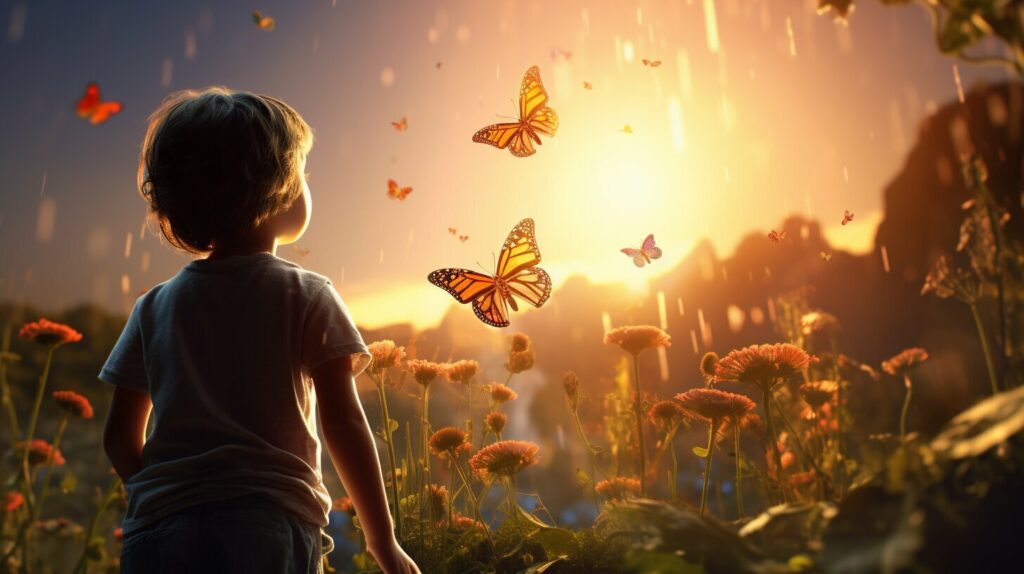
Another example is to point out the similarities between parents and their children. Children often inherit traits from their parents, such as eye color, hair texture, and even personality traits. This helps children understand the idea of traits being passed down from one generation to the next.
Tip: Try to use examples that children can see and touch, such as pets or plants in a garden. Encourage them to observe and ask questions about the changes they see over time.
By using everyday examples, you can help young children grasp the idea of gradual changes over time and how they lead to the incredible diversity of life on Earth.
Introducing the Idea of Adaptations
Now that you’ve explained the concept of evolution to your child, it’s time to delve deeper into the idea of adaptations. Adaptations are changes in traits over time that help an organism better survive and reproduce in its environment.
One example of an adaptation is the long neck of a giraffe, which allows it to reach leaves high up in trees for food. Another example is the camouflage of a chameleon, which helps it blend in with its surroundings and avoid predators.
When introducing adaptations to your child, use simple and relatable examples like these. Ask your child to think of other animals or plants that have unique traits that help them survive in their environment.
You can also use visuals to help illustrate this concept. Use pictures or videos of animals with unique traits and ask your child to explain how these traits help them survive.
Remember, the concept of adaptations might be a bit more difficult for younger children to grasp, but with patience and engaging activities, they’ll be able to understand the fascinating way in which living things adapt and evolve over time.
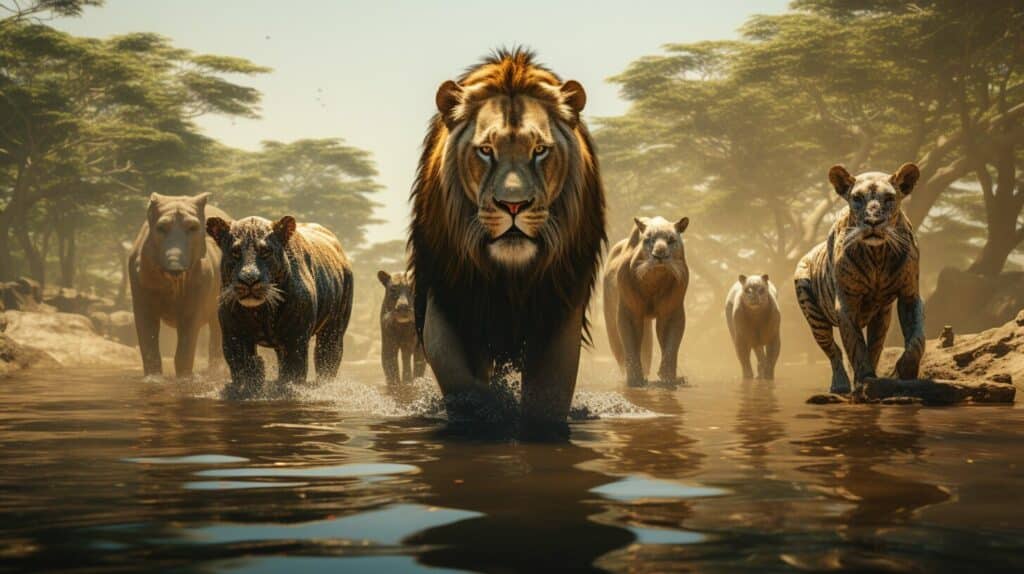
Understanding Natural Selection
To help young children understand the complex concept of natural selection, it can be helpful to break it down into simpler terms. Essentially, natural selection is the idea that the organisms best adapted to their environment are more likely to survive and reproduce. This means that over time, certain traits become more common in a population because they help the organisms that have those traits survive and pass on their genes.
For example, let’s say there is a population of birds with different beak sizes. The birds with larger beaks are better able to crack open tough seeds, while the birds with smaller beaks can only eat softer foods. If the environment changes and the only available seeds are tough, the birds with larger beaks have an advantage and are more likely to survive and reproduce, passing on their larger-beak genes to their offspring. As a result, over time, the average beak size of the population would increase.
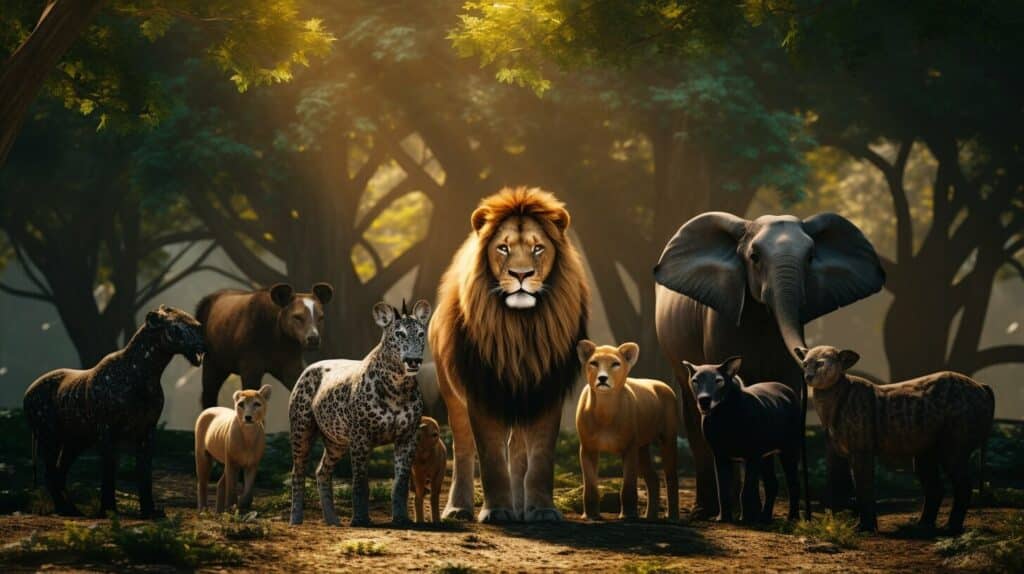
This process of natural selection occurs constantly in nature, over long periods of time, and can lead to the development of new and different species. By helping children understand this gradual process and its effects on different organisms, they can begin to appreciate the incredible diversity of life on Earth.
Using Visual Aids and Illustrations
Visual aids and illustrations can be incredibly helpful in explaining the concept of evolution to young children. They can help children visualize complex ideas and engage with the topic in a more interactive way.
One effective way to use visuals is to create simple diagrams or drawings that illustrate the concept of gradual change over time. For example, you might draw a series of pictures that show how a caterpillar transforms into a butterfly, highlighting the different stages of development and the changes that occur along the way.
Another useful strategy is to use age-appropriate books or videos that include clear visuals. Look for materials that feature colorful illustrations or animations that can help bring the concept of evolution to life for young children.
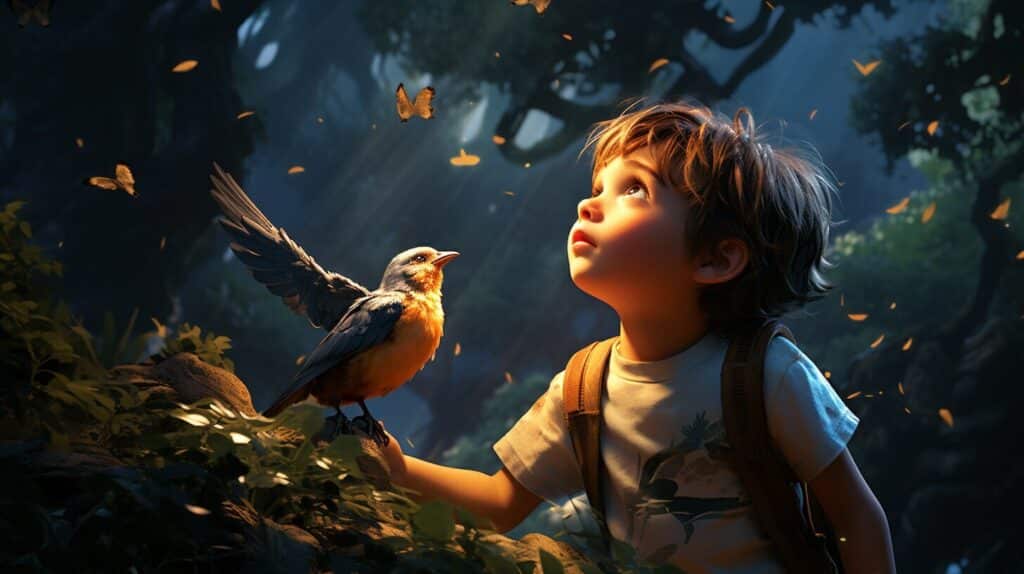
When selecting visuals, be sure to choose images and materials that are appropriate for your child’s age and level of understanding. Younger children may benefit from simple illustrations, while older children may be able to engage with more complex diagrams and animations.
Overall, the key is to use visuals in a way that enhances children’s understanding and engagement with the topic of evolution. By creating a visual and interactive learning experience, you can help children feel more excited and curious about the world around them.
Answering Questions and Encouraging Curiosity
Children are naturally curious and may have many questions about evolution. When answering their questions, it is important to be patient and open-minded. Encourage their curiosity, and create a safe space for them to explore and ask questions.
One way to foster curiosity is to ask children questions about what they already know and what they want to learn. For example, you could ask, “What do you think happens when animals change over time?” or “What questions do you have about evolution?” This can help children feel more engaged and invested in the learning process.
It is also important to recognize that some children may have misconceptions or misunderstandings about evolution. Be prepared to address any misconceptions in a non-judgmental way, and provide accurate information to help them better understand the topic. For example, if a child believes that humans evolved from monkeys, you could explain that humans and monkeys share a common ancestor, but they are not the same species.
Encouraging children to explore evolution through hands-on activities and experiments can also be effective. For example, you could have children observe and compare different types of seedlings to demonstrate how traits can vary within a species. You could also use pictures or videos to show examples of animals adapting to their environments.
Remember that children may have different learning styles and preferences. Some may prefer hands-on activities, while others may prefer reading books or watching videos. By providing a variety of resources and activities, you can help children explore evolution in a way that works best for them.
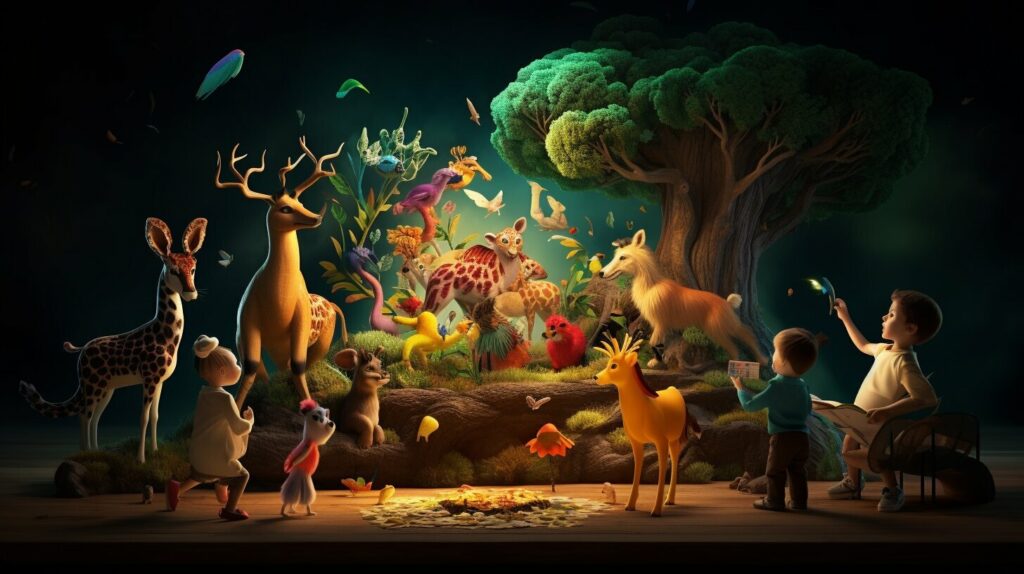
“Encourage their curiosity, and create a safe space for them to explore and ask questions.”
Exploring Books and Resources
Aside from your own explanations, books and other resources can play a valuable role in helping children understand evolution. There are many resources available that will help your child learn about the different concepts of evolution in a fun and engaging way.
Age-Appropriate Resources
When choosing books and resources, it’s important to select age-appropriate materials. Too advanced or complicated materials can be discouraging to a child, whereas too simplistic materials can be boring and unchallenging. Look for books and resources that are written for the appropriate age group, taking into account your child’s reading level and interest level.
You may want to start with picture books that introduce the idea of evolution in a fun and creative way. For example, the book Grandmother Fish: A Child’s First Book of Evolution by Jonathan Tweet is a great choice for younger children. It features delightful illustrations and simple text that helps children understand how animals evolved over time.
For older children, consider books that offer more in-depth explanations of evolutionary concepts. Some good options include The Magic of Reality: How We Know What’s Really True by Richard Dawkins and Evolution: How We and All Living Things Came to Be by Daniel Loxton.
Online Resources
There are also many online resources available that provide captivating information about evolution in an interactive way. Some great online resources include:
- The Smithsonian National Museum of Natural History’s Human Origins website
- The Natural History Museum’s What is Evolution? webpage
- The Kids Discover Teaching Evolution to Kids article
These online resources provide engaging videos, interactive games, and other activities that can help children understand the concepts of evolution in a fun and accessible way.
Remember, while books and online resources are helpful tools, they should only supplement your own explanations of evolution. Encourage your child to ask questions and explore the topic further. With the right resources and guidance, your child can gain a deeper understanding and appreciation for the wonders of evolution.
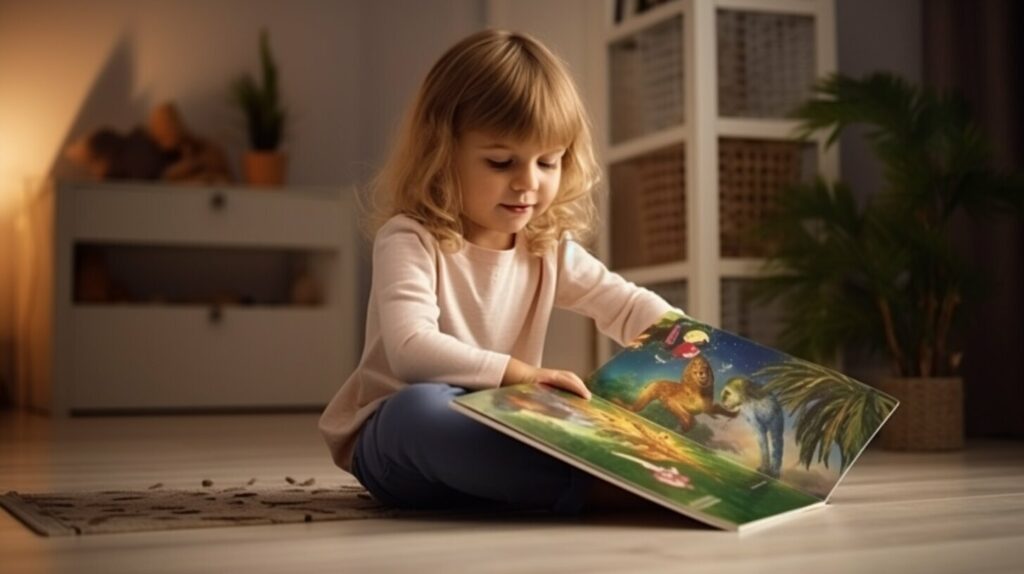
Relating Evolution to Personal Experience
One of the best ways to help young children understand evolution is to relate it to their personal experiences. Just as they have grown and changed over time, so have the plants and animals around us. By observing and exploring the natural world, children can begin to see the connections between their own growth and the changes that occur in nature.
Encourage your child to observe the plants and animals in your neighborhood or local park. Point out how different species have adapted to their environments, such as birds with different beaks for eating different foods or trees that shed their leaves in winter to conserve energy. These adaptations have developed over time through the process of evolution.
You can also relate evolution to your child’s own growth and development. Ask them to think about how they have changed since they were babies. Talk about how they have grown taller, learned new skills, and developed their own unique personalities. These changes are similar to the gradual changes that occur in living things over time.
By making these connections between personal experience and evolution, you can help your child develop a deeper understanding of this complex topic. Encourage them to ask questions and explore the natural world with curiosity and wonder.
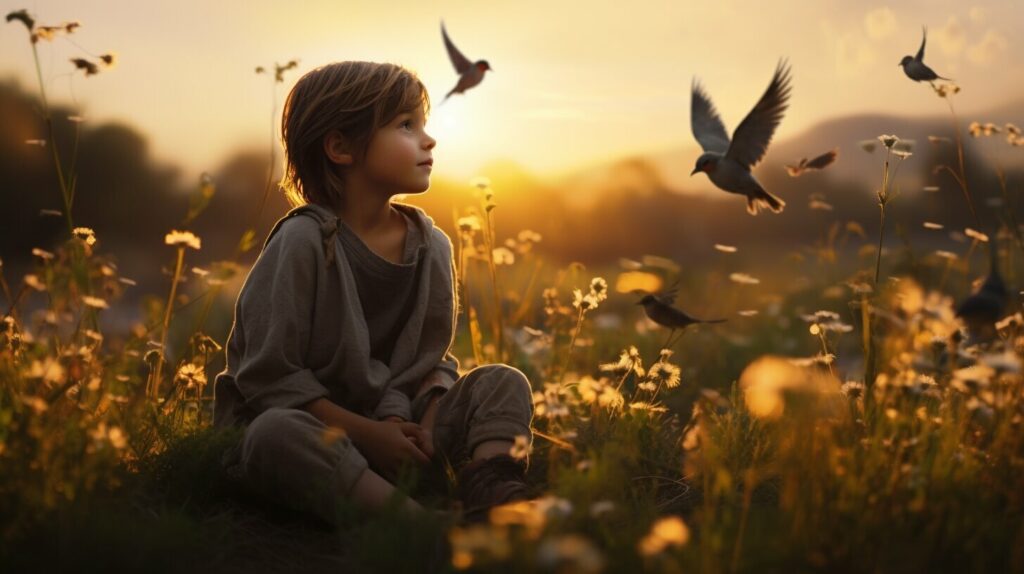 Observing the natural world can help children understand evolution.
Observing the natural world can help children understand evolution.Emphasizing the Importance of Diversity
One of the most important concepts when it comes to evolution is diversity. Evolution is responsible for the incredible variety of species on Earth. It’s what makes each of them unique and special. It’s important to teach children about this concept, especially in a world where inclusion and diversity are becoming increasingly important.
Take the time to explain to your child how each organism has its own unique set of traits and characteristics that help it survive and reproduce. Every living thing has its own important role to play in its ecosystem and contributes to the balance of nature.
It’s also important to teach your child about the value of biodiversity. Explain how different species provide different benefits to the environment and to humans. For example, plants produce oxygen which humans need to breathe, while bees pollinate plants which helps them grow.
Encourage your child to appreciate and celebrate the diversity of life on Earth. Teach them about different cultures, languages, and traditions. Help them understand that everyone is unique and special, just like the different species in nature.
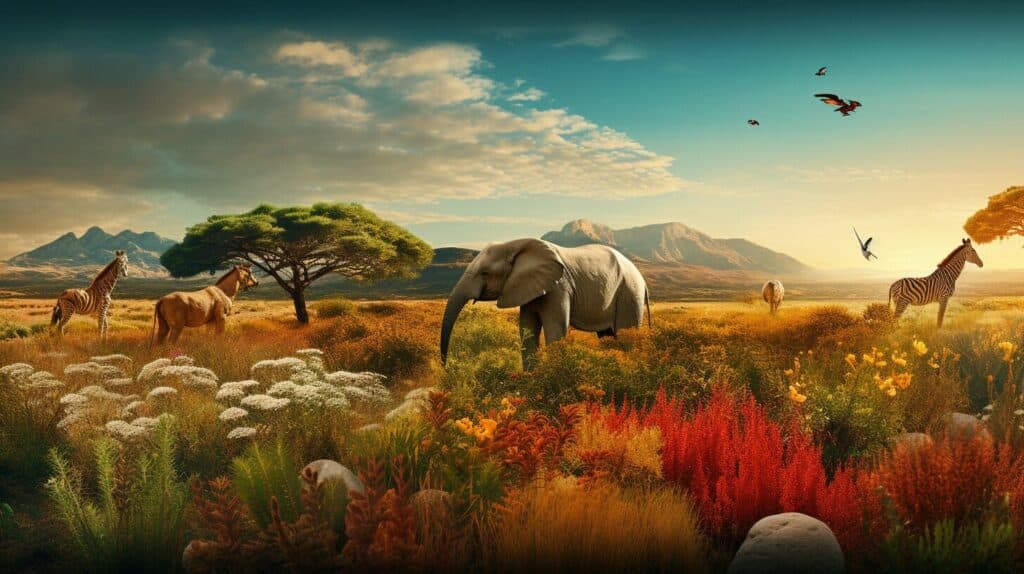
Addressing Misconceptions and Controversies
As you introduce your child to the concept of evolution, it’s important to be aware of common misconceptions and controversies surrounding this topic. Some individuals and groups may hold beliefs that conflict with the scientific understanding of evolution, making it a sensitive and potentially challenging subject to navigate.
One common misconception is that evolution suggests that humans are descended from monkeys or apes. In fact, humans and primates share a common ancestor, but humans did not evolve from modern-day primates.
Another misconception is that evolution is “just a theory” and therefore not supported by evidence. However, in science, a theory is a well-supported explanation of observed phenomena, and the theory of evolution is based on a vast amount of empirical evidence from various fields of study.
When it comes to controversies surrounding the teaching of evolution, it’s important to be aware of the legal and social contexts in your area. In some regions, there may be legal challenges to the teaching of evolution in schools or pushback from communities with religious or ideological objections.
As you navigate these topics with your child, it’s important to emphasize the value of critical thinking, respectful dialogue, and open-mindedness. Encourage your child to ask questions, explore different perspectives, and weigh evidence carefully. By nurturing their curiosity and intellectual independence, you can help them develop a strong foundation for understanding and appreciating the natural world.
“Science is a way of thinking much more than it is a body of knowledge.” – Carl Sagan
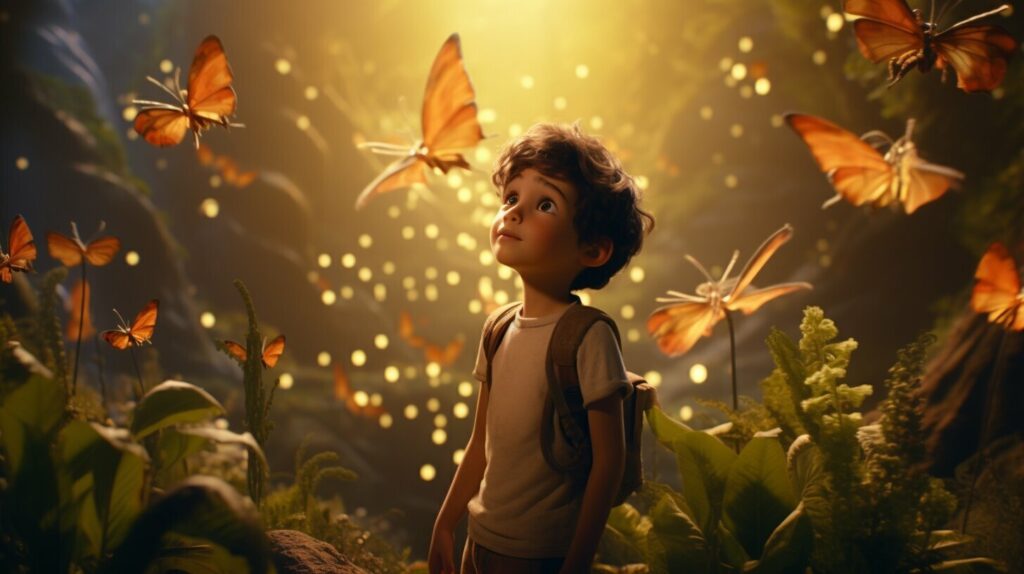
Conclusion
Teaching children about evolution can be a fun and rewarding experience for both parents and educators. By using simple language, relatable examples, and visual aids, you can help young children understand the concept of evolution and its importance in the natural world. Encouraging curiosity and answering questions can also foster a deeper appreciation for science and the wonders of nature.
Make sure to explore age-appropriate books and resources to enhance understanding, and help children relate the concept of evolution to their personal experiences. Emphasizing the importance of diversity and addressing misconceptions and controversies can also equip children with accurate information and encourage open-mindedness.
Approach the topic with patience, openness, and a sense of wonder. You never know what kind of amazing discoveries and insights young minds can come up with!
FAQ
Can the Same Strategies Used to Explain Evolution be Applied to Explain Philosophy to Children?
When it comes to explaining philosophy to young minds, the same strategies used to explain evolution can indeed be applied. Just as we simplify complex scientific concepts for children, we can break down philosophical ideas into relatable terms. By presenting philosophical concepts through stories, games, and open discussions, we can engage children in exploring profound questions and developing critical thinking skills from an early age.
How to Explain Evolution to a Young Child: Simple & Engaging Tips
Q: What is evolution?
A: Evolution is the process by which living things change over time. It explains how different species, including humans, have evolved and adapted to their environments.
Q: How can I teach evolution to my child?
A: It’s important to use child-friendly explanations and relatable examples. You can start by discussing how animals and plants can change over time and adapt to their surroundings.
Q: How can everyday examples help in explaining evolution?
A: Using everyday examples that children can relate to helps them understand the concept of gradual changes over time. For example, you can talk about how a caterpillar transforms into a butterfly or how a baby grows into an adult.
Q: How do I introduce the idea of adaptations to my child?
A: You can explain how different traits, like long necks in giraffes or webbed feet in ducks, help organisms survive and reproduce. By using simple and relatable examples, your child can understand how adaptations are beneficial.
Q: What is natural selection and how can I explain it to my child?
A: Natural selection is the process by which organisms that are better adapted to their environment have a higher chance of survival and passing on their traits. You can explain this by discussing how certain traits, like camouflage or strong beaks, help animals survive in their habitats.
Q: How can visual aids and illustrations help in teaching evolution?
A: Visual aids and illustrations can make complex concepts easier for children to understand. Using age-appropriate visuals, like pictures or diagrams, can enhance their understanding and engagement.
Q: How do I encourage my child’s curiosity about evolution?
A: Encourage your child to ask questions and explore their curiosity. Create a safe space for them to discuss their thoughts and provide answers based on their level of understanding.
Q: Are there any recommended books or resources about evolution for children?
A: Yes, there are several age-appropriate books and resources available that can help enhance a child’s understanding of evolution. Some recommendations include “Evolution: How Life Adapts to a Changing Environment” by Carla Mooney and “Evolution for Kids: How to Become a Naturalist” by Jane Rockwell.
Q: How can children relate their personal experiences to evolution?
A: Children can observe and connect their own growth and development to the concept of changes over time in nature. You can talk about how they grow taller or how a seed grows into a plant, emphasizing the idea of gradual changes.
Q: Why is diversity important in evolution?
A: Diversity is crucial in evolution as it leads to the development of new species and helps ensure the survival of different organisms. It’s important to emphasize the beauty and value of biodiversity.
Q: How can I address misconceptions and controversies surrounding evolution?
A: Address common misconceptions by providing simple explanations and accurate information. Approach sensitive topics with sensitivity and openness, allowing for discussions and further exploration.
Note: This list of FAQs is based on the structure provided, but the actual FAQs should be tailored to the specific content and information discussed in the article.




